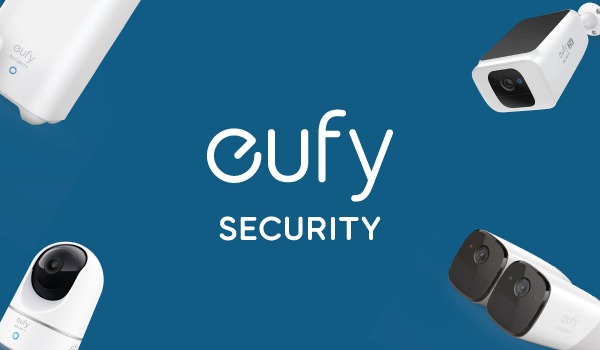
The smart home security industry has seen significant growth recently, with brands like Ring, Arlo, and Google Nest regularly introducing new monitoring products. Eufy, owned by Anker Innovations, is a rising player in home security, prioritizing user customization. But, is Eufy a dependable option for smart home security?
Eufy has built a strong brand reputation, with satisfied users often sharing their happiness on online forums. The Eufy doorbell, particularly popular on Amazon, has received favorable reviews. Homeowners have appreciated its strong Wi-Fi connectivity and user-friendly mobile app in recent years.
What sets Eufy apart is that it doesn’t require a monthly subscription, a rarity in the smart home security system market. Users can choose to pay for additional features, but it’s not mandatory to access its full range of options. Keep reading to learn more about Eufy and determine if its products meet your home security needs.
Superior Video Quality
Eufy’s recordings stand out with their remarkable clarity, surpassing competitors with a high-definition resolution of 2560×1920 pixels. What does this mean?
Images are composed of tiny squares known as pixels, and the more pixels in an image, the higher the level of detail it can capture.
In contrast, the Ring doorbell offers only 1080 pixels, and Arlo’s model matches this resolution. This places Eufy in a favorable position, ensuring that it delivers crisp, high-quality images. With Eufy, there’s no need to strain your eyes to identify who or what is at your front door.
Eufy Employs Facial Recognition Technology
Eufy’s doorbell harnesses the capabilities of artificial intelligence (AI), allowing your doorbell to make decisions in a manner similar to how a human would.
Eufy’s AI has the ability to differentiate between human faces and non-human moving objects. This functionality ensures that you receive alerts only when there is human activity on your property.
By enabling this function, you can avoid being inundated with alerts for passing vehicles, stray cats, or other non-security-related movements. At night, the device switches to “All Motion,” alerting you to any detected motion, but you have the option to customize this setting through the app.
In contrast, Ring lacks this feature, and while Arlo offers some human recognition software, it comes with an additional cost. Eufy, on the other hand, provides this feature without any extra charges.
Extended Battery
Life Eufy’s online community has numerous users expressing their contentment with the rapid recharge speed of the Eufy doorbell, which can achieve a full charge in just six hours when connected to a micro-USB cable.
In contrast
The Ring doorbell, on the other hand, requires anywhere from five to 10 hours for a complete recharge. Arlo’s doorbell can reach a full charge in two hours, but the frequency of recharging may vary depending on its placement. The Eufy doorbell, conversely, only needs recharging once every four months. Furthermore, its lifespan can significantly extend when installed in less frequently visited areas.
Areas for Improvement in Eufy’s Smart Home Security Products
Eufy is committed to prioritizing customer satisfaction and actively gathers feedback from its expanding user base to continually improve its product offerings and services. Here are aspects where Eufy is anticipated to make future refinements, although they may not have fully addressed these areas yet.
The Eufy Doorbell Requires an Internet Connection
To optimize storage space, the Eufy doorbell keeps recordings for a maximum of five days, a significant difference from the Ring doorbell, which can retain data for up to 60 days, and Arlo, which stores recordings for 30 days. After these time periods elapse, older data is automatically removed to accommodate new footage.
If you desire to expand the storage capacity and recording duration of your Eufy doorbell, you have the option to subscribe to one of two plans: the basic or premier subscription. It’s essential to highlight that this subscription is entirely optional and not a prerequisite for maintaining a fully functional smart home security system.





